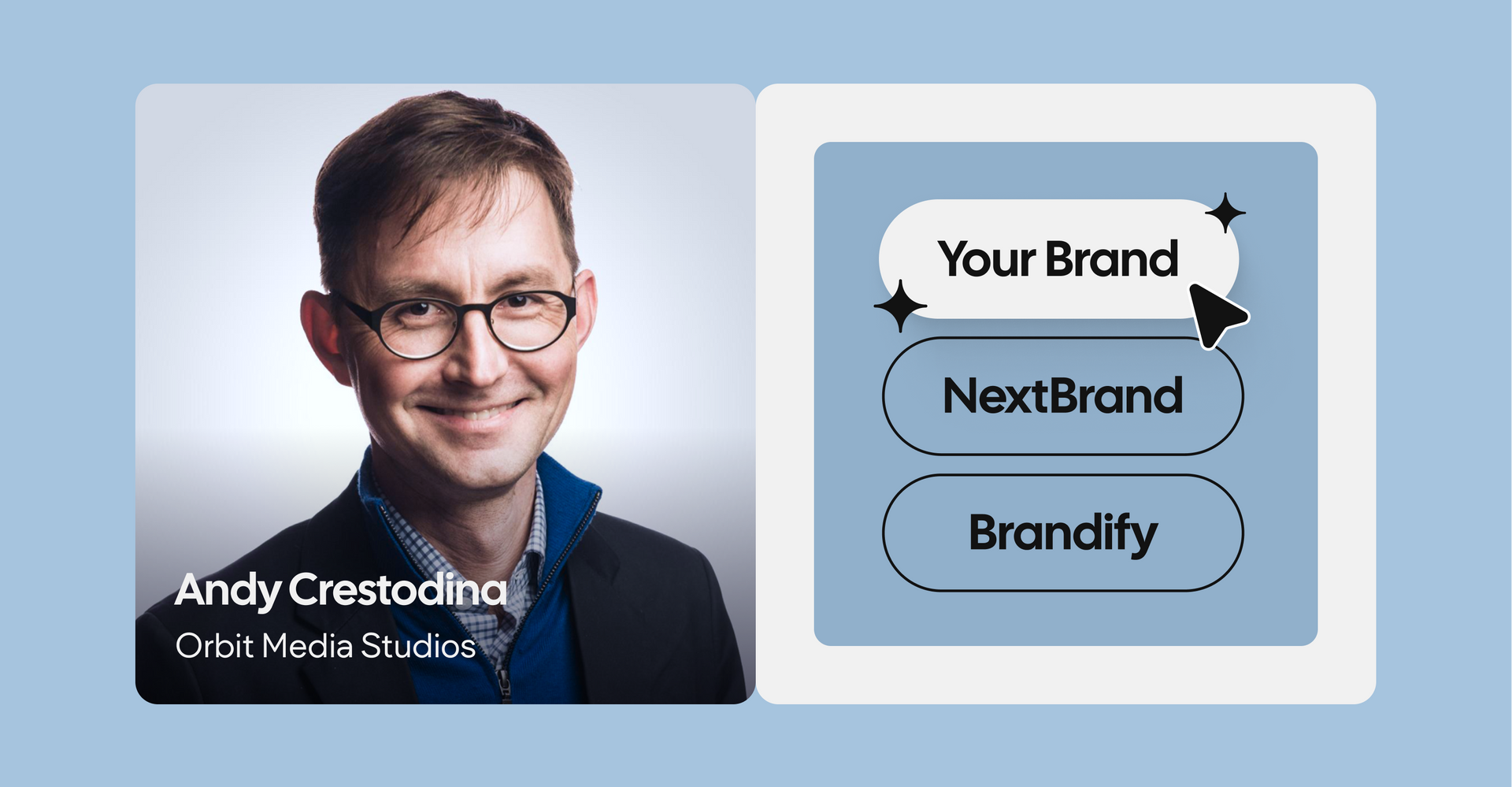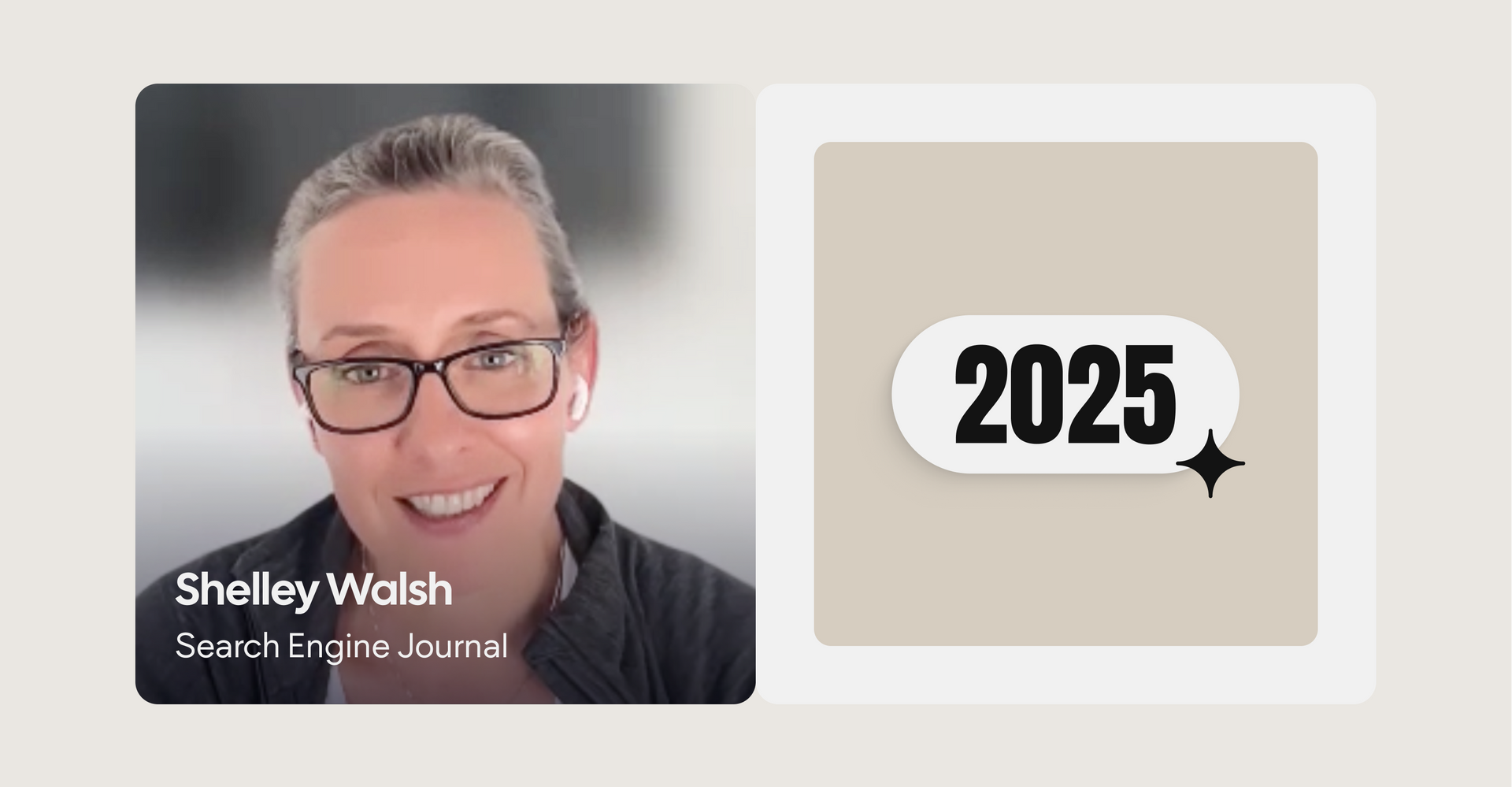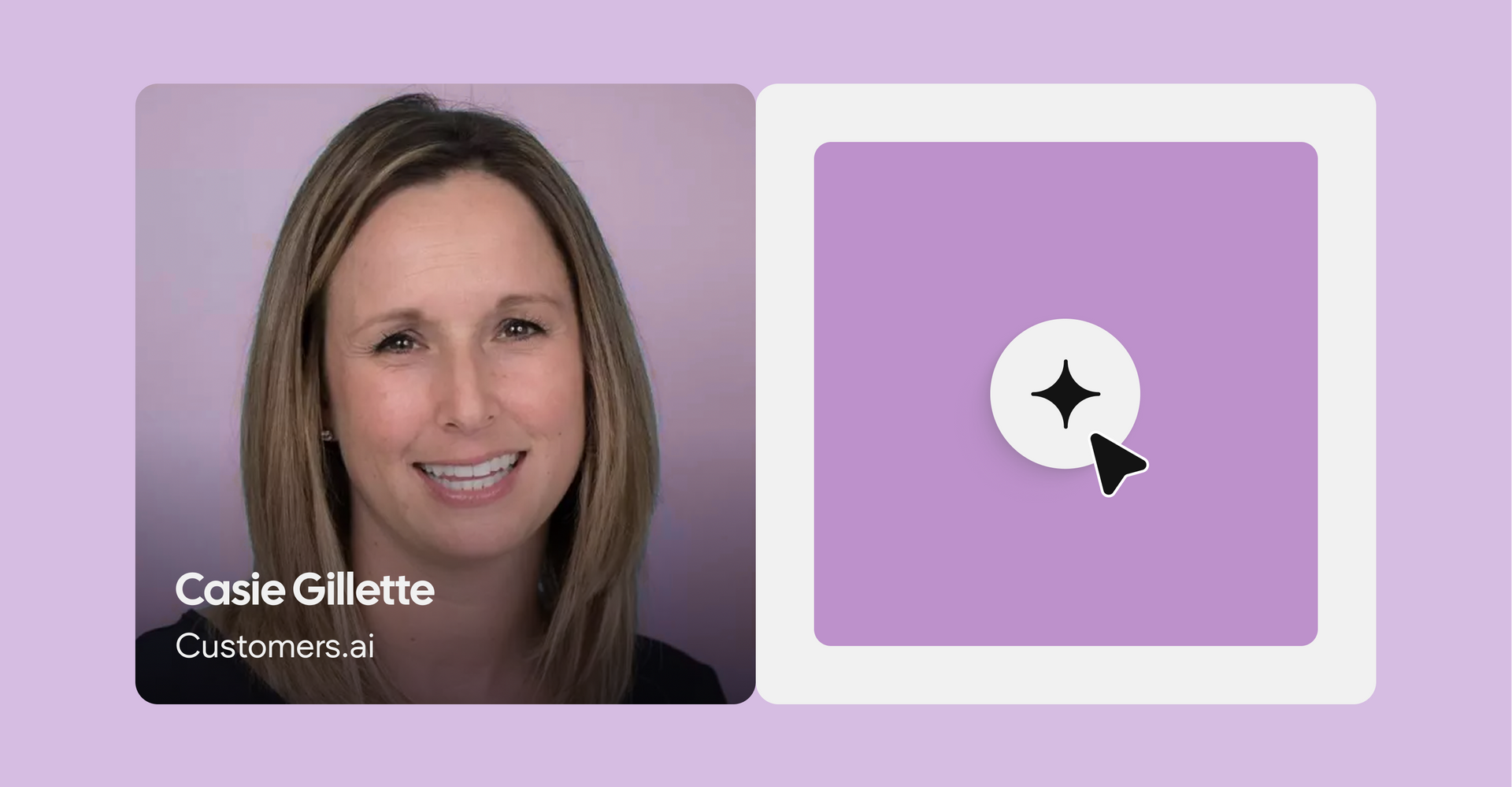This article is an adaptation of a session hosted by Shelley Walsh and Purna Virji during our “5 Hours of SEO and Content” mega-webinar. The complete session is available on-demand at
duda.co/webinars.
The second session of Duda's
SEO and Content Mega Webinar shifted our focus from the
immediate future of AI-driven search to the foundational principles that have guided successful SEO strategies throughout history. Hosted by the insightful
Purna Virji
, this segment featured Shelley Walsh, SEO Content Strategist at Search Engine Journal and a seasoned veteran with over 15 years in online marketing. Walsh took a slightly contrarian yet ultimately grounding approach, suggesting that while the digital landscape is undeniably evolving, the core tenets of effective SEO remain remarkably consistent. Her presentation, "What we can learn from SEO pioneers to move forward in 2025," served as a powerful reminder to look to the past for guidance in navigating the uncertainties of the present and future.
Walsh began by acknowledging the current industry perception that generative AI is a massive disruptor, and while she agreed with its disruptive nature, she cautioned against panic. She humorously noted the cyclical nature of the industry, highlighting the constant evolution of the SERPs and the ongoing battle against spam. However, amidst this flux, Walsh emphasized the critical importance of returning to the fundamental elements of marketing and SEO. She urged the audience to "stop obsessing about what Google thinks" and instead focus on the common sense that underpins successful online visibility. In her view, SEO, at its heart, is about understanding your audience and providing them with value.
To illustrate this point, Walsh took us back to the early days of search engines, recounting the story of the SEO pioneers who had no rulebook to follow. These individuals succeeded through curiosity, experimentation, and creativity. They connected and collaborated through early online forums and conferences, fostering a spirit of shared learning that has defined the SEO community. Walsh highlighted that despite the technological advancements, the fundamental principles of marketing – find out where your audience hangs out, speak to them in a language they understand, and use words that make them act – remain unchanged and applicable across all channels, including emerging AI-driven platforms.
Drawing on her series "SEO Pioneers," Walsh shared key learnings from interviews with influential figures in the history of SEO. One significant takeaway was that these pioneers came from diverse backgrounds, bringing a wealth of analytical, problem-solving, and creative skills to the nascent industry. She emphasized that fundamental concepts in SEO are cyclical and do not change, even as tactics evolve. Walsh then outlined two contrasting approaches to SEO: the short-term, "make money anyway you can" approach, often involving aggressive optimization, and the sustainable brand-building marketing approach. She advocated strongly for the latter, which focuses on understanding how algorithms work, applying common sense, and considering user psychology.
Walsh introduced Jill Whalen as an early advocate for white-hat SEO who understood the importance of a common-sense approach. Whalen’s consistent focus on user value ultimately led to long-term success. This segued into a crucial point about standing out in an increasingly content-saturated world. With millions of blog posts published daily, Walsh stressed the need to combine research with expertise and strive for a unique approach. She recommended creating unique data research and expert thought leadership to become a cited authority, particularly in the context of generative AI. Being seen as a primary source of information is integral for gaining visibility when AI cannot replicate originality. Walsh provided examples of unique content strategies such as offline and online events combined with digital PR and social media, industry surveys, and expert interview series. She highlighted the success of
Search Engine Journal in creating expert columns and conducting industry surveys that garnered attention and established them as thought leaders.
The discussion then shifted to the balance between value and visibility, featuring the story of Greg Boser, an early SEO who navigated the limitations of early search engines. Boser’s experience highlighted the need to understand both what users are searching for and how search engines interpret intent. Walsh emphasized the importance of finding keywords with clear "visit website intent" – queries for which AI overviews cannot provide a complete answer, such as those requiring calculators or template downloads. You may recognize that term from Andy’s session prior. While acknowledging the rise of AI overviews, she believes they will primarily dominate information queries requiring quick answers, not necessarily the traffic of high value. She advised tracking referral traffic from generative AI to gain insights into which content attracts AI recommendations.
Pedro Dias, an ex-Googler, reinforced this idea by suggesting a focus on building content for users who want to consume in-depth information, not just quick summaries. Walsh reiterated that keywords still matter as indicators of user intent, but a more selective and psychologically informed approach is necessary. She stressed the importance of aligning content with user needs to create information-qualified leads. The ultimate goal should be a holistic strategy based on business outcomes, moving away from simply chasing keyword rankings and towards achieving tangible business growth.
Finally, Walsh underscored the critical skill of problem-solving, drawing on the experience of Dave Naylor, often regarded as one of the world's best SEOs. Naylor's approach of deconstructing problems, experimenting, and persistently seeking solutions is a valuable lesson for navigating the complexities of modern SEO. Walsh concluded by reiterating the importance of community and networking, echoing the collaborative spirit of the early SEO pioneers. Investing in your network and actively participating in communities remains a crucial element of success.
In essence, Shelley Walsh's session provided a comforting and empowering message: while the tools and platforms of SEO may evolve rapidly, the underlying principles of understanding your audience, creating valuable and unique content, and adapting with a problem-solving mindset remain timeless. By learning from the experiences of those who laid the foundation of the industry, we can confidently navigate the changes of 2025 and beyond, ensuring that our efforts are grounded in enduring strategies rather than fleeting tactics. Her message was clear: focus on the humans, embrace fundamental marketing truths, and the future of SEO, even with the rise of AI, holds immense opportunity.
What are your thoughts about SEO going into 2025? Are you planning to follow Shelley’s advice, prioritizing the fundamentals, or do you have new ideas you’d rather experiment with. Let us know in the
Duda Community.











